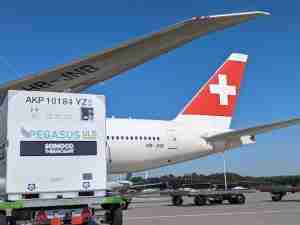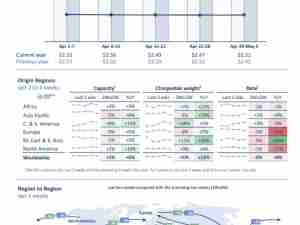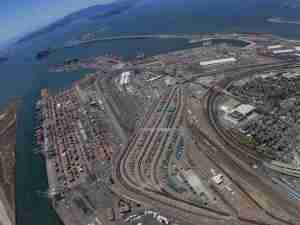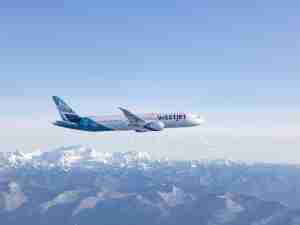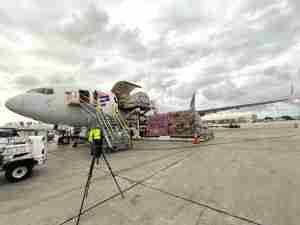Drones are an interesting piece of technology that has become a staple of everyday life. But its origins are actually in the US military. In order to reduce pilot deaths, in the 60s the US military first developed Unmanned Aerial Vehicles - drones.
Fast forward half a century and that intent has become a reality. In fact, this technology has changed everything from pizza deliveries to international trade. But just like with any military technology, over time this tech has found its civilian and commercial uses. And thus, drone delivery was born.

Potential hurdles for drones
While fleets of drones buzzing across the skies may be a reality soon, we aren’t quite there yet. When it comes to law, there are a lot of problems with innovation on such a large scale. For one thing, drone malfunctions are unavoidable. And not only that, but they will almost always cause property damage. That’s why drone manufacturers will have to learn more about crisis control. So, until recently, countries have been reluctant to tackle this issue with new regulations. Luckily, things are coming around. Both the US and the EU have made inroads in drone regulation, but we don’t have any final solutions yet.
Amazon Drone Delivery program
If we’re looking at the frontiers of transport innovation, no list is complete without Amazon. Since the firm’s founding back in 1994, it achieved stellar success in the online shopping business. But more importantly, the company has been disrupting the world of retail commerce in a big way. Basically, Amazon has made shopping malls that have dominated the retail markets obsolete.

Really, it’s no wonder that innovations in drone delivery are incredibly important to Amazon. After all, their entire business hinges on their delivery system being the best on the market. And they’re not just facing business competitors in the US either - China is on the fast track to drone deliveries.
Since 2013, Amazon has been developing prototypes of its Prime Air delivery drones. In fact, they hope this program will soon be their main way of delivering goods. The owner and founder of Amazon, Jeff Bezos, is also optimistic. Indeed, he hopes that seeing delivery drones will one day be as usual as seeing trucks on a road.
Untapped airspace and the roads of tomorrow
It’s no wonder Amazon and other smaller companies have been looking to drone delivery as the future. A study made by the US Department of Transportation finds that American roads will be seriously clogged in a manner of decades. And it is really obvious why this would present a problem for delivery services around the country. Indeed, that’s why Amazon and others look to the mostly unused airspace below 400 feet. In fact, they think of it as a vast shipping road of the future.
Loon and Wing - Google’s contenders for skies of the future
Of course, Amazon isn’t the only big hitter to have skin in the game of drone delivery. If there is another company that defines innovation, that would be Google. And true to its nature, Google also has two pet projects that test the same waters. Or rather - the same skies.
Loon - putting the ‘worldwide’ in the World Wide Web
Their first project has an apt name - Loon. And it’s appropriate because it mandates a large-scale use of balloons. Basically, Google has found that only half of the planet’s population have access to the Internet. And as ludicrous as it may seem, Google believes that this can be improved in only one way - with balloons.
Google intends to use their specially designed balloons to spread Internet coverage across remote areas of the globe. Basically, these balloons have the size of an average tennis court. And also, their design has the roughest weather conditions in mind.
Wing - environmentally conscious drone delivery
While Google is primarily an Internet company looking for profits, they are also quite environment-friendly. And their Wing project is no different. With this one, Google intends to try drone delivery on a large scale. And that’s because they believe drones will heavily reduce CO2 emissions. Also, their drones will be used to reach far-flung places with medicine and other aid. Improving the e-commerce of India and other large but still developing countries is also a boon.
